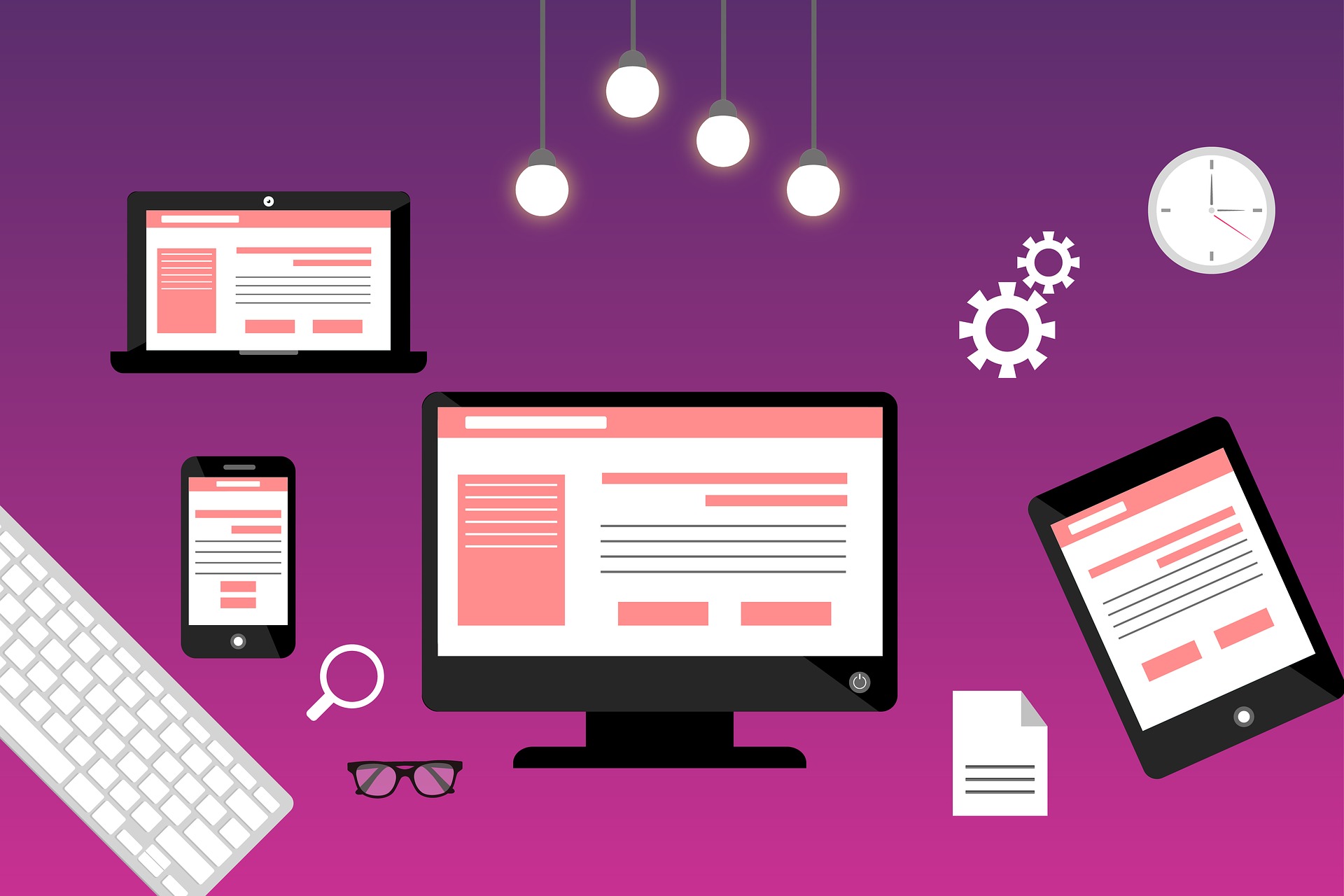
Discover how UX design transforms digital experiences in our comprehensive guide, covering everything from economic impact and mobile responsiveness to the psychological underpinnings of intuitive interfaces.
In the bustling digital world, where the attention span of a user rivals that of a goldfish, the ability to capture and retain attention is the survival skill of any online entity. It’s a digital Darwinian world out there – adapt, or face extinction. One of the most formidable tools in the developer’s arsenal is not just lines of code but an overall user experience (UX) strategy that feels akin to a warm welcome and a cozy chair in an otherwise crowded room. Having a good UX is crucial to the success of any website, and it’s not just about endless possibilities, but about understanding the audience and crafting an experience that caters to their needs and desires. So, let’s dive into the world of UX design and discover how it can make or break a digital product.
The Economic Impact of Fine-Tuning UX
A compelling UX not only draws users in but also plays a pivotal role in conversion rates, directly impacting a company’s bottom line. According to recent studies, every dollar invested in UX brings in between $2 and $100 in return, highlighting the immense economic benefits of prioritizing user experience. This return on investment comes from reduced customer acquisition costs, increased customer retention, and more efficient problem resolution. By understanding and addressing the needs and frustrations of users, businesses can significantly reduce bounce rates and abandoned shopping carts, leading to higher satisfaction and loyalty. Thus, investing in UX is not an expense but a strategic move towards sustainable growth and competitive advantage.
Navigating the Mobile-Altered User Path
The mobile revolution didn’t just shrink screens; it redefined expectations. Users now consume content and shop at the swipe of a thumb. Any web development strategy that isn’t mobile-first is akin to building a summer home in the Antarctic – technically commendable but woefully off-mark.
A responsive design isn’t just an HTML attribute; it’s an ethos of adaptability that any viable website must embody. But more than that, it’s the forward planning that a good developer experiences – it’s the preemptive strike against unease on screens of varying proportions.
The mobile experience isn’t just a squashed version of its desktop sibling. It’s a reimagining. It’s realizing that on a subway, a user isn’t likely to have the concentration or the screen real-estate for flashy graphics. A fluid, easily navigable, and task-oriented interface is the silent ambassador of good mobile UX.
Fortifying Your Web Development with UX
In conclusion, a website is more than the sum of its pixels and its backend. It’s an experience, a conversation that begins the moment a user lands and isn’t bound by the ‘contact us’ page. It’s an empathetic alliance between digital artistry and scientific insight – and the horizon is as wide as the imagination of the developer.
For web developers entering this intricate UX weave, the message is clear – code carefully, but craft not just a website, but an experience. Namely, the professionals from Nerder suggest that a coding agency should be able to cover the complete project, from technical specifications to user-oriented design. This UX-focused approach doesn’t just create successful websites; it builds digital legacies.
Therefore, whether you are an entrepreneur building your first website or a seasoned developer looking to enhance your skills, never underestimate the power of UX in shaping the success of any online venture.
Harnessing Psychology in Digital Design
UX isn’t a branch of computer science; it’s a field of applied psychology. Understanding how users think, feel, and behave in the digital space is the lynchpin to an effective design. It’s designing with empathy. It’s predicting the flow of interaction and steering it towards satisfaction.
The Power of Intuitive in Interaction
The ‘intuitive’ frequently misunderstood as ‘obvious,’ is at the core of human-centered design. It’s the button that’s expected to be where it is. It’s the feed that behaves as one anticipates. It’s understanding that the user isn’t a mind reader, and the onus of communication lies with the designer.
Behavioral Economics and the Nudge Theory
Digital architecture isn’t just a stage for the user but a grand chessboard where every piece nudges towards the desired result. Behavioral economics isn’t just a trend; it’s an established strategy for securing user buy-in. From limited-time offers to checkout processes, these nudges are the subtle hand guiding the user to the experience you’ve meticulously designed.
In the tapestry of digital innovation, UX design stands out as a beacon guiding the user’s journey through the vast and often overwhelming cyberspace. This guide has traversed the essentials of UX design, from the economic imperative and the seismic shift introduced by mobile technology to the subtler arts of psychological engagement and intuitive interaction. UX design is not merely a component of digital product development; it’s the heart and soul that breathes life into the pixels on the screen. It’s about creating a seamless, intuitive, and enriching experience that not only meets the user’s immediate needs but also anticipates their future desires. As we look towards the horizon of technological advancement, the principles of empathetic and user-centric design discussed herein will undoubtedly continue to serve as the north star for developers, designers, and digital architects aiming to leave a lasting impact in the digital realm.
Was this news helpful?







 Yes, great stuff!
Yes, great stuff! I’m not sure
I’m not sure No, doesn’t relate
No, doesn’t relate



